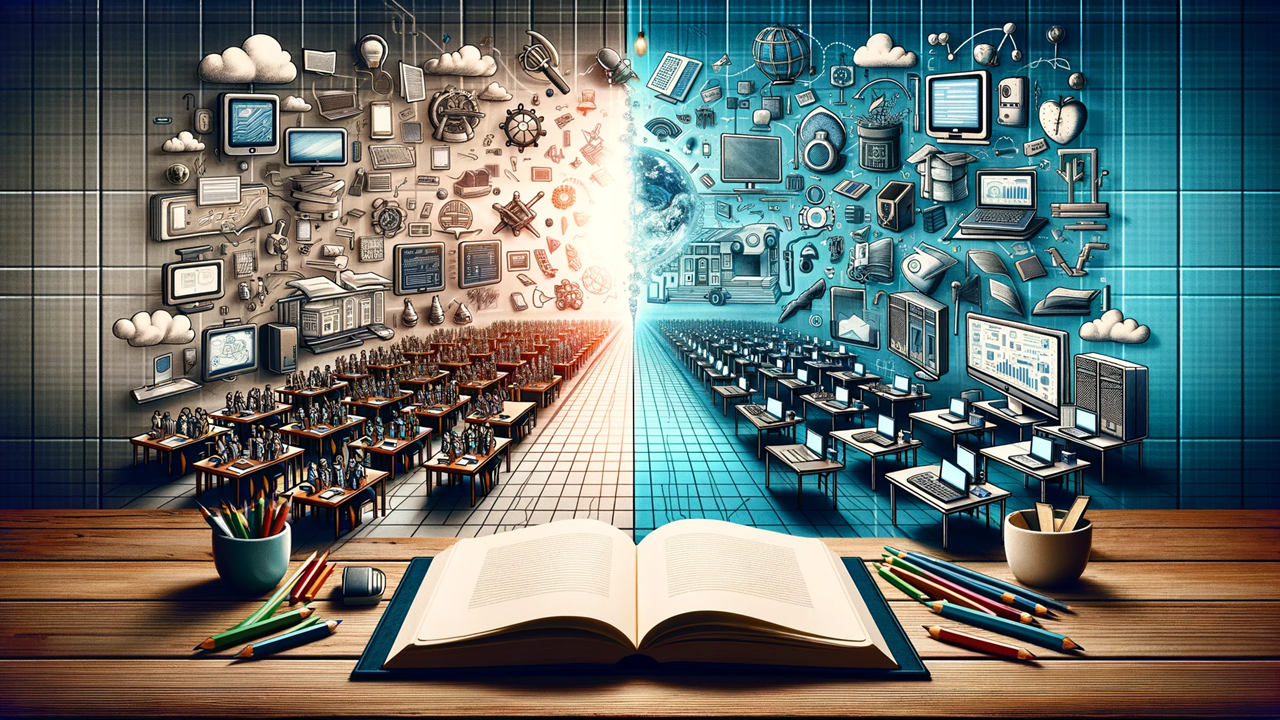The Digital Divide in Education: Uncovering the True Impact of Technology on Learning Equality
In "The Digital Divide in Education: Uncovering the True Impact of Technology on Learning Equality," we delve into the profound effects of digital disparities on educational outcomes. This piece explores how access to technology can either bridge or widen the gap in educational opportunities, offering insights into potential solutions for a more equitable learning landscape.

In our rapidly evolving digital world, the intersection between technology and education is becoming increasingly prominent. The phrase "digital divide" describes the disparity between those who can readily access the internet and technology and those who cannot. This divide stretches beyond mere connectivity, deeply influencing the quality of education and the equality of learning opportunities available to students.
The Facets of the Digital Divide
The digital divide manifests in various forms, from access to devices like computers and smartphones to high-speed internet connections. However, it's not just about physical assets; it's also about the skills and competencies to utilize these technologies effectively. This multifaceted issue impacts students in both urban and rural settings, creating a complex web of educational disparities.
Dissecting the Impact on Learning Equality
-
Access to Information: The internet serves as an extensive treasure trove of information. Students with unrestricted access to digital tools have the world's knowledge at their fingertips. Conversely, those without such access are significantly disadvantaged and limited to traditional and possibly outdated educational resources.
-
Quality of Education: The quality of education is profoundly impacted by digital access. Interactive learning platforms, digital textbooks, and online resources can enrich the learning experience, offering diverse and up-to-date content that traditional textbooks might lack.
-
Skill Development: In our digital age, basic computing skills are not just an asset but a necessity. The lack of digital literacy can hinder a student's ability to succeed academically and professionally, widening the gap between the 'digitally fluent' and the 'digitally deprived.'
-
Remote Learning Opportunities: The recent global events have underscored the importance of remote learning. However, this shift to online education has also highlighted the stark disparities in digital access, with some students facing significant hurdles in continuing their education remotely.
Bridging the Gap: Steps Towards Digital Inclusion
-
Infrastructure Development: Investment in digital infrastructure, especially in underserved areas, is crucial. This includes ensuring access to devices and providing reliable internet connectivity.
-
Digital Literacy Programs: Equipping students with digital skills is as important as providing the hardware. Schools and communities should implement comprehensive digital literacy programs to prepare students for a digital future.
-
Policy and Advocacy: Policymakers are pivotal in addressing the digital divide. Advocacy for laws and regulations that ensure equal digital access for all students can drive systemic change.
-
Partnerships and Collaborations: Partnerships between governments, non-profits, and private entities can lead to innovative solutions and resource pooling, making the journey toward digital inclusion a collective effort.
Conclusion: A Call for Collective Action
The digital divide in education is a multifaceted challenge that requires a multifaceted solution. It's not just about providing devices and connectivity; it's about ensuring that every student has the opportunity to thrive in our increasingly digital world. As we strive towards educational equality, the role of technology cannot be overstated. Bridging this digital divide is not merely an educational goal; it's a step towards a more inclusive, equitable society where every individual has the opportunity to learn, grow, and succeed.










